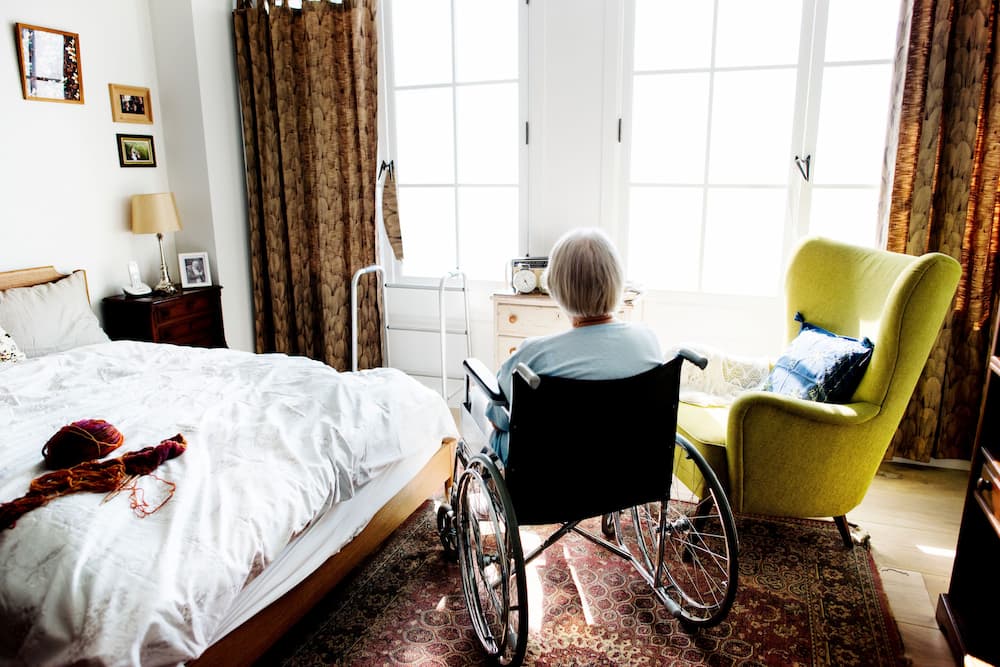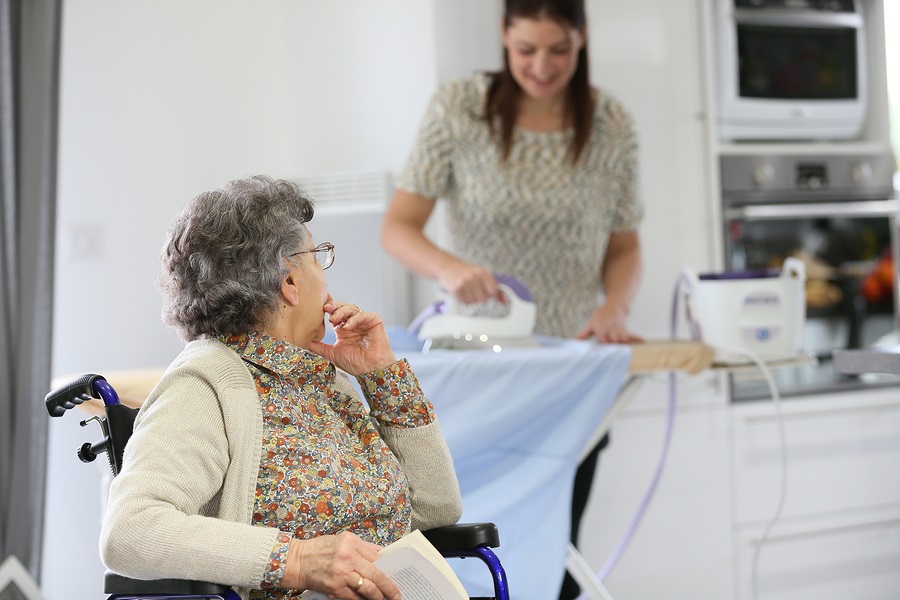In the realm of healthcare, fall detection in occupational therapy plays a pivotal role in ensuring the safety and independence of individuals, especially the elderly. As family caregivers, understanding the importance of fall detection systems can significantly impact the quality of care provided to loved ones. The integration of technology in occupational therapy not only aids in preventing falls but also enhances the overall well-being of patients.

The Importance of Fall Detection
Falls are a major concern for older adults, often leading to severe injuries and a decline in independence. According to the National Council on Aging, falls are the leading cause of both fatal and non-fatal injuries for older Americans. This highlights the critical need for effective fall prevention strategies in occupational therapy.
How Occupational Therapy Contributes to Fall Prevention
Occupational therapists work diligently to assess and address the risk factors associated with falls. They develop personalized interventions that cater to the unique needs of each individual, focusing on enhancing mobility, balance, and strength. By utilizing fall detection technology, therapists can monitor patients’ movements and promptly respond to any incidents, thereby reducing the risk of serious injuries.
The Role of Technology in Fall Detection
Modern technology has revolutionized the way we approach fall detection. Devices equipped with sensors and alarms can detect sudden changes in movement, alerting caregivers and healthcare providers in real-time. This proactive approach not only ensures timely assistance but also provides peace of mind to both patients and their families.
Types of Fall Detection Systems
Various fall detection systems are available, each offering unique features tailored to meet different needs. From wearable devices to smart home systems, the options are vast and varied.
Wearable Devices
Wearable devices, such as smartwatches and pendants, are popular choices for fall detection. These devices are equipped with accelerometers and gyroscopes that detect sudden movements, triggering alerts when a fall is suspected.
Smart Home Systems
Smart home systems integrate IoT sensors throughout the living environment, creating a comprehensive safety net for individuals at risk of falling. These systems can be customized to suit the specific needs of the user, ensuring optimal safety and comfort. Learn more about how IoT sensors in daily life are enhancing safety.
Benefits of Fall Detection in Occupational Therapy
The integration of fall detection systems in occupational therapy offers numerous benefits, including:
- Enhanced patient safety and reduced risk of injury
- Improved response times in emergency situations
- Increased independence and confidence for patients
- Peace of mind for family caregivers
Improving Patient Outcomes
By utilizing fall detection technology, occupational therapists can closely monitor patients’ progress and adjust interventions as needed. This personalized approach ensures that patients receive the most effective care, leading to improved outcomes and quality of life.
Supporting Family Caregivers
For family caregivers, having a reliable fall detection system in place can alleviate stress and anxiety. Knowing that their loved ones are being monitored and protected allows caregivers to focus on providing emotional support and companionship.
Challenges and Considerations
While fall detection systems offer numerous advantages, there are also challenges to consider. Ensuring the accuracy of detection, managing false alarms, and maintaining user compliance are critical factors in the successful implementation of these systems.
Ensuring Accuracy
To maximize the effectiveness of fall detection systems, it is essential to choose devices with high accuracy rates. This involves selecting technology that can distinguish between genuine falls and normal movements, minimizing false alarms and ensuring timely responses.
Promoting User Compliance
User compliance is crucial for the success of fall detection systems. Educating patients and caregivers on the importance of these devices and how to use them properly is key to achieving optimal results.
Future of Fall Detection in Occupational Therapy
As technology continues to advance, the future of fall detection in occupational therapy looks promising. Innovations in artificial intelligence and machine learning are expected to enhance the capabilities of these systems, offering even greater protection for individuals at risk of falling.
Integrating AI and Machine Learning
The integration of AI and machine learning in fall detection systems can provide more accurate and reliable monitoring. These technologies can analyze patterns in movement and predict potential falls before they occur, allowing for proactive interventions and enhanced patient safety.
Expanding Accessibility
As fall detection technology becomes more accessible, more individuals will benefit from its protective features. This increased accessibility will empower more people to maintain their independence and live safely in their homes.
Conclusion
Fall detection in occupational therapy is a vital component in ensuring the safety and well-being of individuals, particularly the elderly. By integrating advanced fall detection systems, occupational therapists can provide comprehensive care that enhances independence and improves quality of life. As technology continues to evolve, the potential for even greater advancements in fall prevention is immense, offering hope and security to patients and their families.

FAQ Section
Why is fall detection important in occupational therapy?
Fall detection is crucial in occupational therapy as it helps prevent injuries, ensures timely assistance, and enhances the overall well-being of patients.
What types of fall detection systems are available?
There are various fall detection systems available, including wearable devices like smartwatches and pendants, and smart home systems equipped with IoT sensors.
How does technology enhance fall detection in occupational therapy?
Technology enhances fall detection by providing real-time monitoring, reducing response times in emergencies, and offering personalized interventions for improved patient outcomes.
This article contains affiliate links. We may earn a commission at no extra cost to you.






